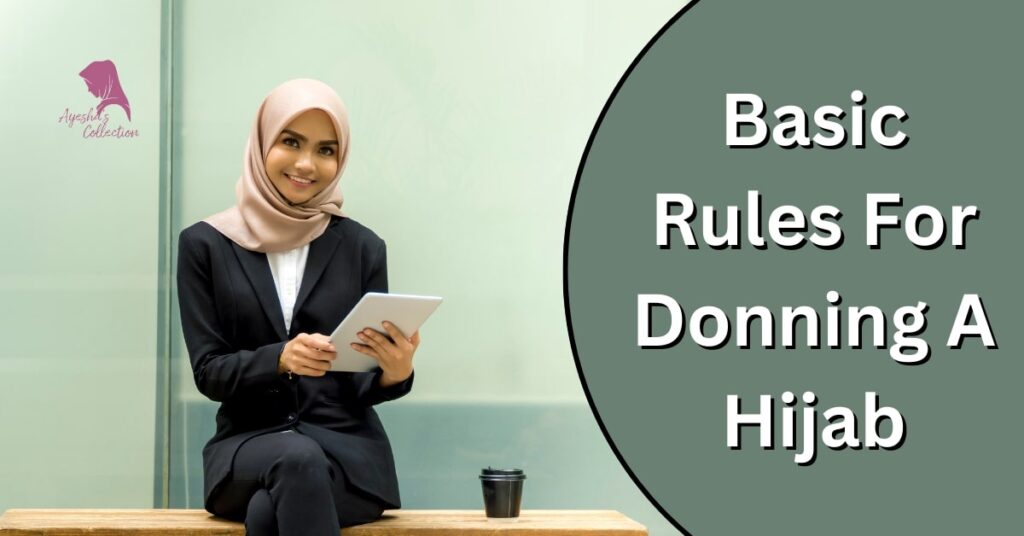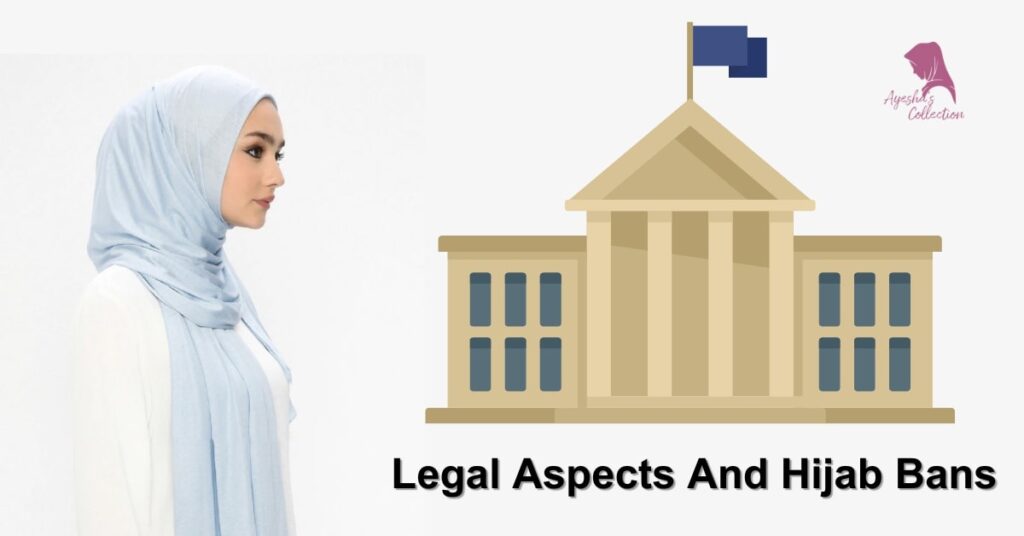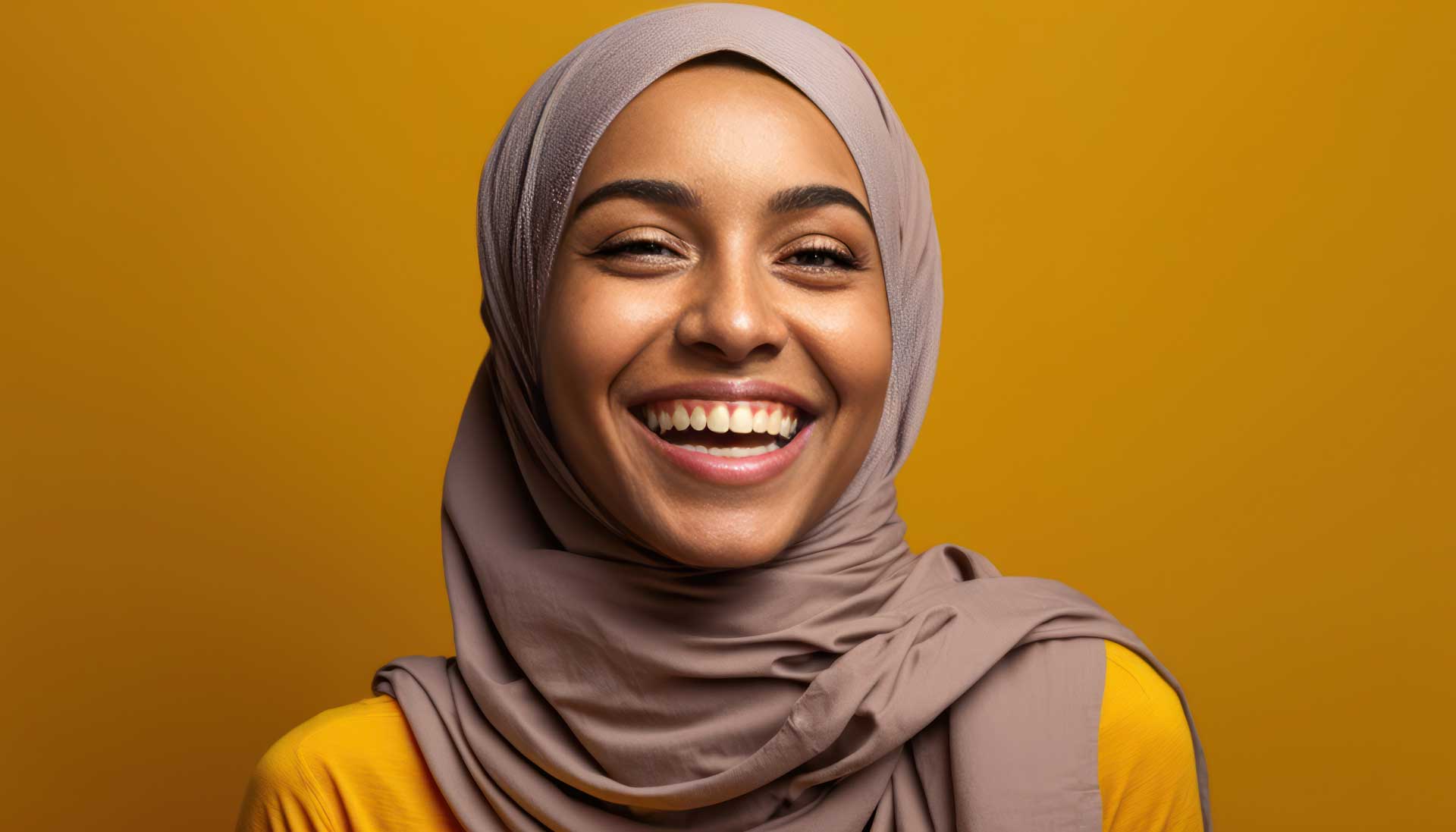How to wear a hijab properly? A common question for new hijabis. We wear the hijab as a symbol of privacy and ethical behavior. Wearing a hijab typically involves covering the hair and neck while leaving the face visible.
The hijab is more than just a piece of cloth; it’s a commitment to modesty and a reflection of cultural and religious identity. For many Muslim women, the hijab serves as a constant reminder of their faith and a public statement of their belief system.
Adopting the hijab requires understanding its purpose and observing the etiquette that comes with it. Women from different regions wear hijabs in various styles, influenced by cultural norms and personal preferences. As a sign of respect and piety, the hijab has a significant place in Islamic tradition, where it also contributes to a shared sense of community among those who wear it. An introduction to the rules of wearing a hijab should recognize its deep roots in Islamic culture while acknowledging the diversity within this practice.
The Significance Of Hijab In Islamic Culture
The hijab is much more than a piece of cloth in Islamic culture. It represents a spiritual act of obedience to God. The hijab is a symbol of modesty, privacy, and morality. It plays a crucial role in the identity of countless Muslim women across the globe. Understanding its significance helps foster respect and appreciation for the Muslim faith.
Religious Roots And Quranic References
The hijab’s origins are deeply rooted in Islam. It stems from directives in the Quran, which is the holy book for Muslims. Here, modesty is emphasized, not just through behavior but also dress.
- Surah An-Nur: Reference to veiling and the importance of modesty.
- Surah Al-Ahzab: Instruction for the Prophet’s wives to wrap their cloaks around themselves.
Hijab As A Symbol Of Modesty
The hijab transcends physical attire to signify modesty in behavior and intent. It serves as a constant reminder to the individual and others about what is essential in Islam – virtues. The hijab is not an item of oppression but a choice many women embrace to express their faith and display their inner strength and conviction.
Cultural Variations In Hijab Wearing
The hijab is more than a piece of clothing. It is a symbol of identity, faith, and self-expression. It reflects deep cultural roots and holds significant meaning in Islamic societies. Around the world, women wear the hijab in countless styles. These styles are shaped by tradition, fashion, and the dynamic blend of cultural practices. Let’s explore how hijab wearing differs globally and adapts to various cultural landscapes.
Differences Across Islamic Societies
The hijab takes various forms across Islamic societies. Each form is unique. It reflects local customs, climate, and historical influences.
- The Shayla, a long, rectangular scarf, is popular in the Gulf region.
- The Chador, a full cloak, is often seen in Iran.
- The Niqab covers the face, leaving the eyes visible, and is worn in some Arabian countries.
Materials and patterns also vary. They often signal a woman’s regional heritage. From intricate lace in Egypt to embroidered pashminas in Southeast Asia, the hijab speaks a language of diversity.
Adaptations In Non-muslim Countries
In non-Muslim countries, the hijab takes on new forms. It becomes a bridge between traditions and modern societal norms. Hijab-wearing women often blend their dress styles to match their surroundings.
Country | Adaptation Style |
USA | Trendy turbans and sports hijabs |
UK | Designer brands and fashionable hijabs |
France | Subtle and chic styles |
In these nations, hijabs often come in bold colors and contemporary designs. They sometimes incorporate local fashion trends. This fusion creates a spectacular variety of hijab styles for Muslim women around the world.
Basic Rules For Donning A Hijab

The hijab is more than a piece of clothing for many women. It’s a mark of faith and identity. Understanding the proper way to wear a hijab is essential. This ensures respect for cultural practices. Whether you’re new to wearing a hijab or offering guidance, these rules help.
Understanding Coverage Standards
A hijab serves the purpose of modesty in dress and appearance. The coverage standard is no one-size-fits-all. It varies with region and personal belief. The essential rule includes covering the head and chest.
- Hair should not show from under the hijab.
- Ears, neck, and chest must remain covered.
- Loose-fitting clothing is recommended with the hijab.
- Transparent materials are avoided to maintain modesty.
Important Considerations For Materials And Fabric
Fabric choice is critical for comfort and appropriateness. The material should not be too sheer or too warm. Breathability and comfort are important too.
Fabric Type | Properties |
Breathable, soft, comfortable for daily wear | |
Light, airy, suitable for formal occasions | |
Stretchable, no pins needed, good for physical activity | |
Luxurious, less practical for daily wear, ideal for events |
Choose a fabric that aligns with the occasion and weather. The material must also ensure the hijab stays in place.
Styles Of Hijabs And Traditional Types
Women across the globe embrace hijab in many styles. Each style reflects personal taste, community, and tradition. Let’s explore common styles and traditional types of hijab wearing!
Common Hijab Styles
Choosing the right hijab style can be fun and expressive. Here are the styles many women love:
- Shayla: A long, rectangular scarf wrapped around the head.
- Khimar: A cape-like scarf that covers the head and shoulders.
- Al-Amira: A two-piece veil with a cap that fits snugly.
- Niqab: Covers the face, leaving the eyes clear.
- Chador: A full-body cloak worn in Iran.
- Turban: Cloth wrapped around the head, leaving neck and sometimes ears uncovered.
Regional Variants And Their Significance
Different cultures have unique hijabs. They tell stories of heritage and community. See the table below for some regional variants:
Region | Variant | Significance |
Middle East | Shayla | Popular for its simplicity and elegance. |
South East Asia | Kerudung | Often colorful with intricate designs. |
North Africa | Haik | A large white cloth that represents purity. |
Turkey | Turban | Reflects a blend of Islamic and modern fashion. |
Each style holds deep meaning. The hijab is not just a fashion statement. It’s a proud declaration of cultural identity.
Combining Modesty With Fashion
The hijab is not just a piece of fabric covering the hair. It’s a symbol of modesty and religious faith. Many believe fashion and modesty can’t mix. Yet, plenty of modern women prove this wrong every day. They balance adherence to faith with a strong fashion sense. Let’s dive into the creative world of fashion-forward hijabs.
Balancing Religious Adherence And Style
Finding the middle ground between faith and fashion can be tricky. But it’s very possible. First, it’s crucial to understand one’s own comfort and modesty levels. Then, consider the material and design of the hijab that fits personal style.
- Choose materials that breath and sit comfortably, like chiffon or jersey.
- Look for hijabs with subtle embellishments if you desire a touch of glam.
- Pick colors and patterns that elevate your outfit without overshadowing it.
Innovative Hijab Fashion Trends
The fashion world continually evolves, introducing fresh trends into hijab styling.
Trend | Description | Example |
Layered Hijabs | Adding layers to create depth and volume. | Mixing sheer with opaque fabrics. |
Printed Hijabs | Floral, geometric, and abstract patterns. | Pairing a printed hijab with a solid outfit. |
Turban Style | A contemporary twist on traditional headwear. | Wrapping the hijab to look like a turban. |
Don’t be afraid to experiment with these trends. Always remember, fashion is an expression of self. Let your hijab be a part of that expression while maintaining your values.
Etiquette And Respect Surrounding Hijab
Understanding the etiquette and showing respect for the hijab is significant for both Muslims and non-Muslims. It is more than a piece of cloth. It is a symbol of faith, modesty, and dignity.
Interactions With Hijab-wearing Individuals
- Engage respectfully—treat individuals wearing a hijab as you would anyone else.
- Maintain eye contact and avoid focusing on the hijab unless it’s to compliment it.
- Understand personal space—physical contact can be sensitive, so always ask before engaging in a handshake or a hug.
- Use appropriate language; avoid any comments that could be considered offensive about their choice to wear a hijab.
Norms For Removing The Hijab
Recognize the significance of the hijab. It is not merely an accessory but a commitment to personal standards. Here are key norms for hijab removal:
- Removal usually happens at home or in the company of close family members.
- In a public setting, only remove the hijab by choice and when privacy allows.
- Formal requests to remove a hijab should be approached with sensitivity and for valid reasons only, like security protocols.
- No unauthorized person should ever demand its removal in public.
Legal Aspects And Hijab Bans

The wearing of a hijab is not just a personal choice for many. It is an expression deeply rooted in religious beliefs. Globally, this practice can intersect with the law, leading to a complicated scenario. Governments enforce specific dress codes, sometimes affecting the right to wear a hijab. This section sheds light on the legalities and controversies surrounding hijab bans across the world.
Global Legal Perspectives
Legal approaches to the hijab vary worldwide. Some nations uphold religious freedom, allowing hijab without restriction. Others enforce bans or restrictions. Let’s explore the legal landscape:
Country | Status |
France | Restrictions in public institutions |
Iran | Mandatory in public |
Turkey | Allowed in all areas |
Belgium | Ban in educational institutions |
Controversies And Court Cases
Legal battles and public debates often emerge from hijab bans. Court cases can set significant precedents:
- In France, the ban in schools sparked global debates.
- The European Court of Justice ruled companies could ban visible religious symbols.
- India saw protests and legal challenges to hijab restrictions in 2022.
These cases highlight the ongoing tension between individual rights and state policies. The outcomes shape the legal fabric of nations, influencing global human rights discussions.
Empowerment And Personal Stories
Each hijab story is unique. Common themes emerge of triumph and, sometimes, struggle. Here is a snapshot:
- Confidence built from choosing to stand out.
- Unity experienced within a diverse community.
- Pride in upholding heritage and belief.
- The surprise and joy of positive reinforcement from strangers.
- Encounters with misunderstanding, yet serving as an educator.
Role Models And Inspirational Figures
Inspirational figures wearing hijabs encourage millions. They show the world the hijab’s beauty and strength. Let’s meet some:
Name | Achievement |
Ilhan Omar | First hijabi in US Congress |
Ibtihaj Muhammad | Olympic medalist in fencing |
Linda Sarsour | Activist and feminist icon |
They pave the way. They stand tall. They inspire. These women prove the hijab represents power, not oppression. Their victories become collective triumphs.
Conclusion
Embracing the hijab reflects a commitment to modesty and personal beliefs. By following the outlined rules, one can wear it confidently and appropriately. Remember, the key is to blend respect for tradition with personal style. Keep exploring ways to express yourself while honoring these guidelines.
Frequently Asked Questions On Rules Of Wearing A Hijab
Is Wearing A Hijab A Religious Obligation?
For many Muslim women, wearing a hijab is a personal choice reflecting religious observance, modesty, and identity. While interpretations vary, many Islamic scholars regard it as an obligation under Sharia law.
How Should A Hijab Properly Cover You?
A hijab should cover the head and chest, leaving only the face visible. It should drape comfortably without being too tight and maintain modesty according to Islamic guidelines.
What Materials Are Best For Hijabs?
Breathable fabrics like cotton, chiffon, and silk are preferred for hijabs, especially in warmer climates. These materials offer comfort and style while adhering to modest dress codes.
Can Non-muslims Wear A Hijab?
Non-Muslims can wear a hijab, often as a sign of respect when visiting Islamic holy sites or participating in cultural events. It’s an individual choice that should be made with cultural sensitivity in mind.





